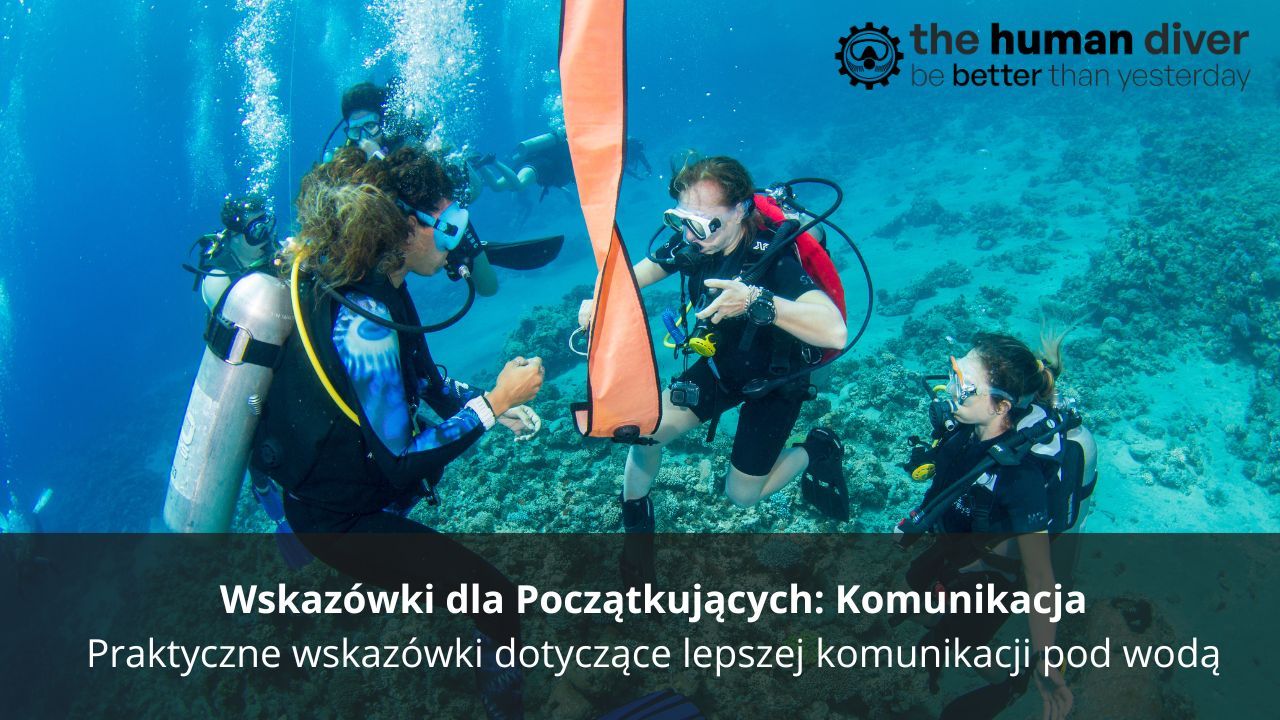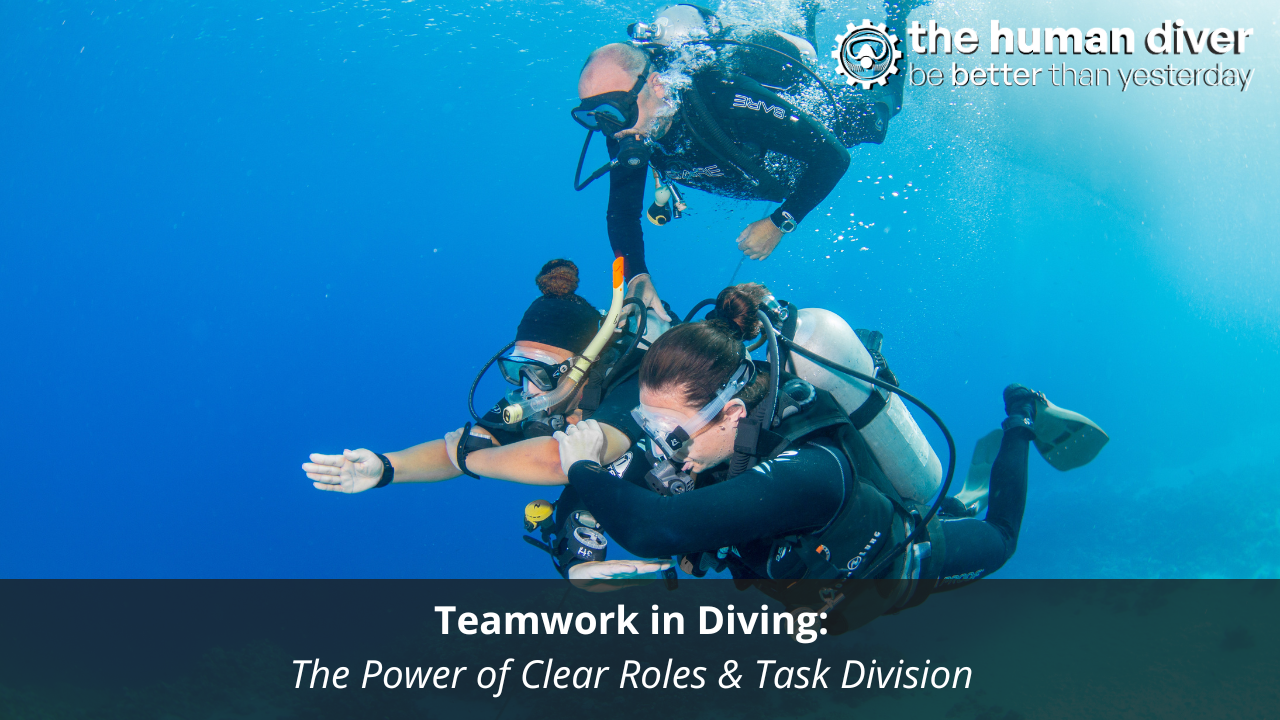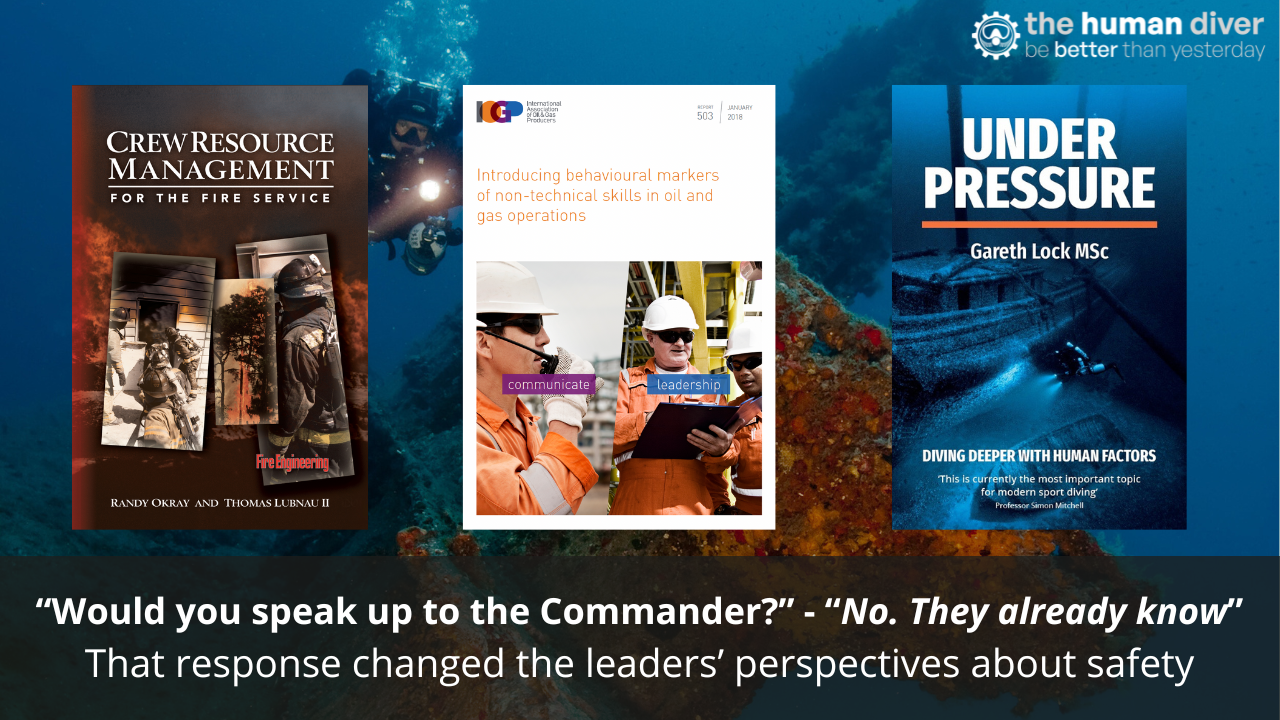
Asking Why. Telling Stories. Owning Accountability
Aug 17, 2025When a diver dies or something goes badly wrong underwater, the same questions bubble to the surface: Why did this happen? Who is responsible? Could it have been prevented?
Those questions are human. They stem from a need to make sense of tragedy, to restore trust, and to reassure ourselves that diving is still worth doing and the risk versus reward equation is still positive towards rewards.
But how we find those answers - silence vs. openness and blame vs. learning - shapes whether families, friends, and the wider community heal and, importantly, whether the diving community actually gets safer. Grounded in academic theory, three MSc theses from Lund University give us a practical way forward:
- Møller (2023): How people find meaning after a violent loss through a trinity of justice, learning, and punishment.
- Lock (2024): Why storytelling after adverse events in diving is hard and what enables it.
- Parris (2025): What accountability really feels like in safety-critical work, and how different forms of accountability help or hinder learning.
Below, I translate those ideas into the diving context, with concrete steps for divers, instructors, and agencies to make improvements in how we can learn from serious and not-so-serious events in diving.

Part 1: Finding Meaning through Justice, Learning, and Punishment
Møller’s thesis tests a simple but powerful hypothesis: after a traumatic loss, people build meaning through a trinity of justice, learning, and punishment. Interviews and focus groups supported the model, but Mads showed that each person weighs the three elements differently; therefore, the path to meaning is subjective.
Two practical points matter for diving:
- Learning is considered essential because it ‘promises’ prevention. Families and communities want to see that an organisation has learned and can show changes that reduce the chance of recurrence; reporting alone isn’t enough. This ‘proof of learning’ is part of how people make sense of loss and move forward. However, organisations (not just diving organisations) are historically not good at learning. It is the people who learn, not the organisations, and people move on, which means the stories and the ‘why’ get lost unless a cultural narrative has been developed.
- Punishment becomes more important when learning is absent. If those affected can’t see that a centre, boat, agency, or manufacturer intends to learn, or can’t see tangible changes, pressure for punishment rises. In the trinity, justice can be realised through learning or punishment; which route feels right depends on the context, the individuals involved, and how they make sense of the world. This sense-making is not static and can evolve.
What this means for diving
- Incident communication: Don’t stop at ‘technical cause’ or the ‘trigger’. Publish context (conditions leading to the event) plus actions taken (policy changes, training updates, equipment checks…). Visible learning reduces calls for punishment because justice is seen to be delivered through change. Recognition of, and changes to, systemic issues also reduces the desire to blame. Changing the surface conditions without addressing deeper problems generates more distrust, e.g., telling instructors to follow standards without changing the quality management process or self-certification process doesn’t help resolve the underlying systemic issue of drift.
- Agency and club leadership: Make ‘proof of learning’ a habit. What was changed, who’s responsible for the change, and when it was done. This transparency serves both justice and prevention. One club I know changed their annual ‘wooden weight-belt’ prize for the biggest mistake of the year to one where the award was issued for the biggest learning opportunity shared. They proactively moved from blame and shame to learning. The reason this happened is that their diving officer had attended a 10-week Masterclass programme with The Human Diver and realised what they were doing wasn’t adding value.
- Community expectations: We just have to accept that some stakeholders will prioritise sanctions while others prioritise system fixes – this is often cultural. However, we often need both, but sanctions shouldn’t be the first tool out the box to be used. Clear and fair accountability, and demonstrable learning, are what is needed. More on the topic of accountability in Part 3 with Ruth’s research.
Part 2: Why Storytelling in Diving Struggles (and How to Unlock It)
If open reflection is so valuable, why don’t divers share their near misses and hard lessons?
My thesis explored exactly that. Using a mixed-methods design, I mapped the organisational, cultural, legal, and social barriers that keep stories following adverse events or near-misses underwater or hidden. I analysed 676 survey responses, undertook four focus groups (recreational, technical, cave, and instructors) and two expert interviews with UK/US lawyers, to develop key themes which addressed both the individual aspects of learning, and the systemic barriers. A summary of the research is available on YouTube here.
The systemic barriers we keep bumping into
- Fear and status: In many communities, competence is a social currency. Admitting error risks a drop in reputation. That fear is amplified for instructors whose livelihood depends on perceived infallibility. Errors are also weaponised from a commercial perspective, with some instructors using fatalities (even if medical related) as a sign of incompetence of the instructor or captain.
- Liability anxiety: Talks, workshops, and insurer messaging often emphasise “call the lawyer, lock down comms”. There are good reasons for this, to support ‘legal privilege’ for ‘work product’ which then cannot be requested under the ‘discovery’ process. This results in a defensive posture that discourages context-rich learning stories, especially in US-centric agency ecosystems.
- Cultural norms online: Public forums can be unforgiving. ‘Armchair expert’ pile-ons make vulnerability costly. As such, people self-censor and the learning opportunities are hidden, and as a consequence, only partial stories are shared with critical learning elements missing.
- Lack of structure: Without a consistent debrief or ‘investigation’ framework, conversations drift into speculation and hindsight bias. Structured second-story methods (multiple perspectives, “what made sense at the time?”) are rare in recreational diving. Most formal investigations are focused on liability transfer or litigation and therefore provide limited learning when it comes to local rationality, human factors and system safety.

What works (and why it matters)
- Stories transfer tacit knowledge. Safety in cave diving improved when experience was shared using storytelling as part of the classroom aspects of training programmes - this cemented the ‘why’ behind rules and processes. Consequently, fatality rates fell, thereby highlighting that context-rich stories change behaviour. Unfortunately, that kind of material and behaviour doesn’t yet exist for many recreational, technical, or CCR divers. In a compliance-focused environment, only knowing the rules and following them limits the ability of divers to operate in diving locations which are outside of the ‘trained’ environment. The ‘get out of jail card’ for this from the agency perspective? Only dive in locations equal to that or better than your training…
- Second stories beat single-cause tales. Bringing in multiple perspectives (diver, buddy, skipper, instructor, service technician) surfaces the performance-influencing factors (PIFs) and contextual conditions we usually miss. First stories focus on the immediate causes and are usually full of counterfactuals. Second stories are where the real learning lives. My research, mirroring that of many others, showed that when there is more context in the story, divers were less likely to judge those involved because gaps didn’t have to be filled with counterfactuals. The ’local rationality’ of those involved could be explained.
What this means for diving
- Divers: Share near misses in psychologically safe spaces (club nights, closed groups, structured debriefs). By doing so, you are adding to the mental models and schema that you use to make better decisions when in uncertain or ambiguous environments i.e., outside of the environments we have been exposed to.
- Instructors: Model vulnerability. Build a repeatable debrief routine that asks: What made sense at the time? What cues were seen/missed? What trade-offs were in play? Were we lucky or good? If ‘good’, what is repeatable next time?
- Agencies/centres: Teach how and why ‘human error’ occurs, so we can understand how and why people ‘fail’ and what can be done to reduce the effects. Provide protected channels for storytelling that prioritise learning over liability and publish contextualised incident syntheses, which include human factors and technical factors (equipment/skills). Recognise and promote the lack of a ‘root cause’, and look to understand the messiness of diver training and diving outside the training systems.
Part 3: Accountability as a Lived Experience (Not Just a Slogan)
‘Accountability’ is one of those words that shows up in policies, press releases and social media. Parris asks a critical question: What does accountability feel like for people who carry it? Taking a ‘lived experience’ approach with vessel Masters, the thesis surfaces how different types of accountability shape trust, learning, and behaviour.
The big insight
Parris identified fourteen types of ‘accountability’ in her research (page 21). Note, this wasn’t an exhaustive list. Some forms are seen to individualise and threaten those involved (hierarchical, outcome, backwards-looking), and they push people toward defensiveness and silence. Other forms, e.g., lateral or socialising accountability, are where peers hold each other responsible in a way that maintains belonging and opens up conversation. Those forms increase trust and team commitment.
Legitimacy makes a difference, too. Who is judging whom, on what basis, and under what surveillance? If the process feels illegitimate, people shut down; if it feels fair and relational, they speak up.
Why this matters in diving
We often collapse accountability into blame: Who broke the rule? But in a discretionary, self-regulated sport, outcomes are emergent. They are shaped by training standards, local norms, equipment availability and maintenance, boat schedules, business pressures, and human performance and physiological variability. Taking a purely backwards and individualised accountability approach misses this complexity and messiness, and as a consequence, blocks learning opportunities.
What this means for diving
- Divers and buddies: Use lateral or mutual accountability. Set clear expectations, check each other without humiliation, and agree on how you’ll debrief. By reflecting on the dive and the build-up, teams get safer together. Dismissing an event with ‘we won’t do that again’ without understanding how the situation developed is unlikely to change anything.
- Instructors and dive centres: Avoid ‘name-and-shame’ responses – two events over the last two days have started with naming the dive centre and asking, ‘who was it?’. Neither is very relevant, although linked with the first section about ‘learning’ - if they've had an issue before, have they learned? Use forward-looking accountability: what we’ll change in briefings, class ratios, site selection, maintenance, or programme scheduling to reduce the same pressures next time. Look at the conditions, not the people. Are you setting people up for success, or starting with a plan that needs perfect execution to be successful?
- Agencies: Design accountability as a learning process (transparent criteria, multiple perspectives, room for context), not just a verdict. It keeps trust intact and increases reporting. However, as my research shows, the boundaries for agency interactions are intentionally limited to be inside the training system.

Pulling the Threads Together
- Møller gives us a human compass - people look for meaning by examining the interaction between justice, learning, and punishment. If learning is visible and credible, it is a form of justice. Telling context-rich stories is not an easy way out; indeed, it can be very traumatic. However, when learning is absent, the desire for punishment grows. Those in the diving sector should design their post-incident communication with that reality in mind.
- My thesis shows why we don’t tell stories, and why we must. Fear, liability, and culture suppress sharing; structured, context-rich storytelling spreads tacit knowledge and changes behaviour. We all love to hear a learning-focused story, but few want to tell them.
- Parris reframes accountability. Some types shut people down, whereas others keep trust and enable learning. If we want to genuinely learn and improve, we must choose forms that are relational, legitimate, and forward-looking.
If we combine these, the message is simple. With less silence and scapegoating and more context-rich stories combined with forward-looking accountability, the community learns. Changing the language is an easy first step.

Practical Takeaways You Can Use Right Now
For Divers
- Tell one small story this month. Pick a near miss and share it in a trusted circle. Focus on cues, decisions, and trade-offs, not just the outcome. History has demonstrated to me that when this happens, many other people quietly say, “I’ve done that too.” or “I’ve been in that situation.”
- Build lateral (mutual) accountability into your team diving routine. Agree on your cross-checks, pre-dive roles, and a post-dive debrief. Keep it curious, not judgmental.
- Look for proof of learning. When you read incident reports or accounts online, ask: What changed afterwards? If there’s no answer, it is unlikely that learning took place. Learning involves change, and change is hard.
For Instructors
- Model vulnerability. Start a class with a 5-minute ‘my own close call’ story, which includes the context and performance influencing factors within the event, and what changed in your behaviours and actions as a result. Students learn more from your process than your apparent perfection. Titles and status are large barriers to junior team members or students speaking up. (Blog on 3 September covers this in more detail).
- Use the simple DEBrIEF script to generate learning opportunities. Capture one or two concrete changes and feed them back into your own, your dive centres’ procedures or your peer group.
- Design accountability with a view to looking forward and making improvements. When things go a little pear-shaped, agree on what will change in planning, ratios, or site choice for the next dive. Avoid purely backwards judgments that only assign fault. The ‘F’ in the DEBrIEF structure can help with identifying what will be changed going forward.
For Training Agencies and Centres
- Publish ‘context plus change’ briefs. For any significant event, pair the narrative with what you altered (e.g., checklists, rescue kit stowage, instructor development modules, comms templates, or service intervals). That’s how you deliver justice through learning. This could be construed as ‘you did it wrong the last time’. However, research shows that often we need an ‘event’ to trigger change. Successful outcomes are present in many situations, even when the system is ‘broken’.
- Create protected channels for stories. Closed, moderated spaces with clear rules (no pile-ons, focus on “what made sense”) will lift the reporting rate and quality.
- Choose the right accountability form. Shift from hierarchical/outcome/backward to socialising/lateral/forward forms where possible. Publish your criteria so the process feels legitimate.
Final Thoughts
When something traumatic happens in our community, the instinct is to find the one bad decision or the ‘bad apple’, file the report, let the insurance/lawyers deal with it, and then move on. Today’s headlines are tomorrow's fish and chip wrappers. But safety isn’t improved by a tidy story and a quiet forum thread.
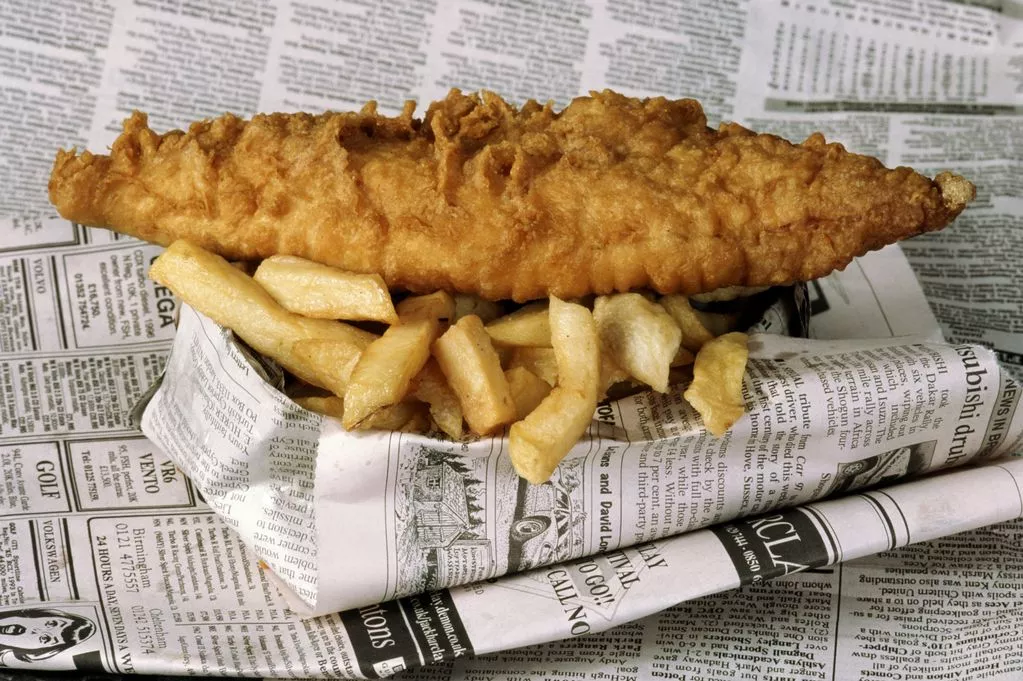
Safety and performance are improved when we recognise that people need meaning as well as facts (Møller), that stories are the way real-world lessons travel (Lock), and that accountability must be legitimate and forward-looking to keep trust and learning alive (Parris).
If we can ask why with compassion, tell stories with honesty and integrity, and own accountability with courage, we’re able to turn adverse events into something we can learn from, not just point at and say “I wouldn’t do that.” The documentaries ‘If Only…’ and ‘Just a Routine Operation’ are evidence of that.
We are all human. We are all fallible. We also do amazing things despite the systems we work in. But those systems can always be improved, and we don’t need an adverse event to trigger introspection, reflection and change. We just need curiosity and the ability to identify and join dots from what normal looks like.
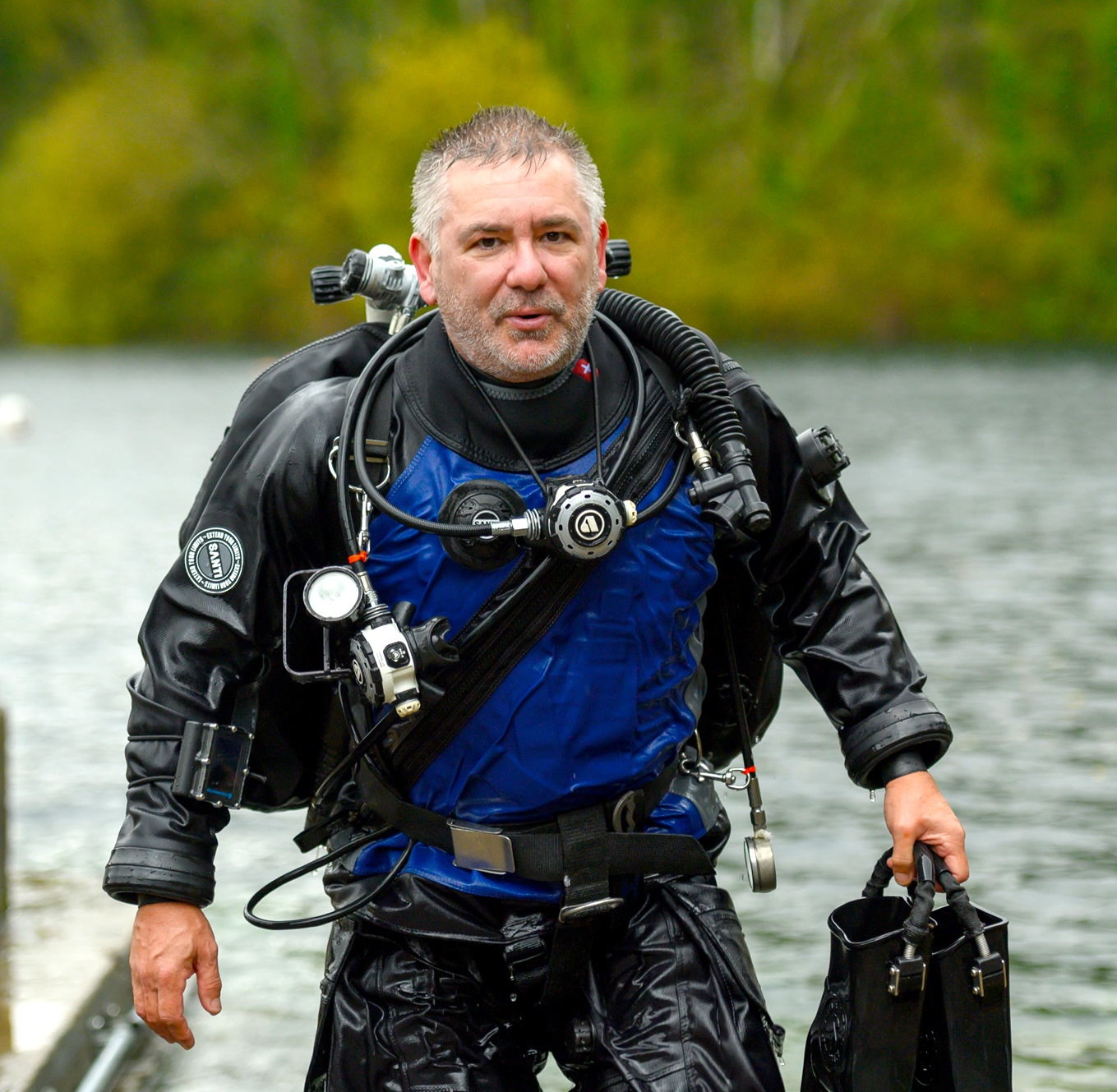
Gareth Lock is the owner of The Human Diver. Along with 12 other instructors, Gareth helps divers and teams improve safety and performance by bringing human factors and just culture into daily practice, so they can be better than yesterday. Through award-winning online and classroom-based learning programmes, we transform how people learn from mistakes, and how they lead, follow and communicate while under pressure. We’ve trained more than 600 people face-to-face and 2500+ online across the globe, and started a movement that encourages curiosity and learning, not judgment and blame.
If you'd like to deepen your diving experience, consider the first step in developing your knowledge and awareness by signing up for free for the HFiD: Essentials class and see what the topic is about. If you're curious and want to get the weekly newsletter, you can sign up here and select 'Newsletter' from the options.
Want to learn more about this article or have questions? Contact us.







